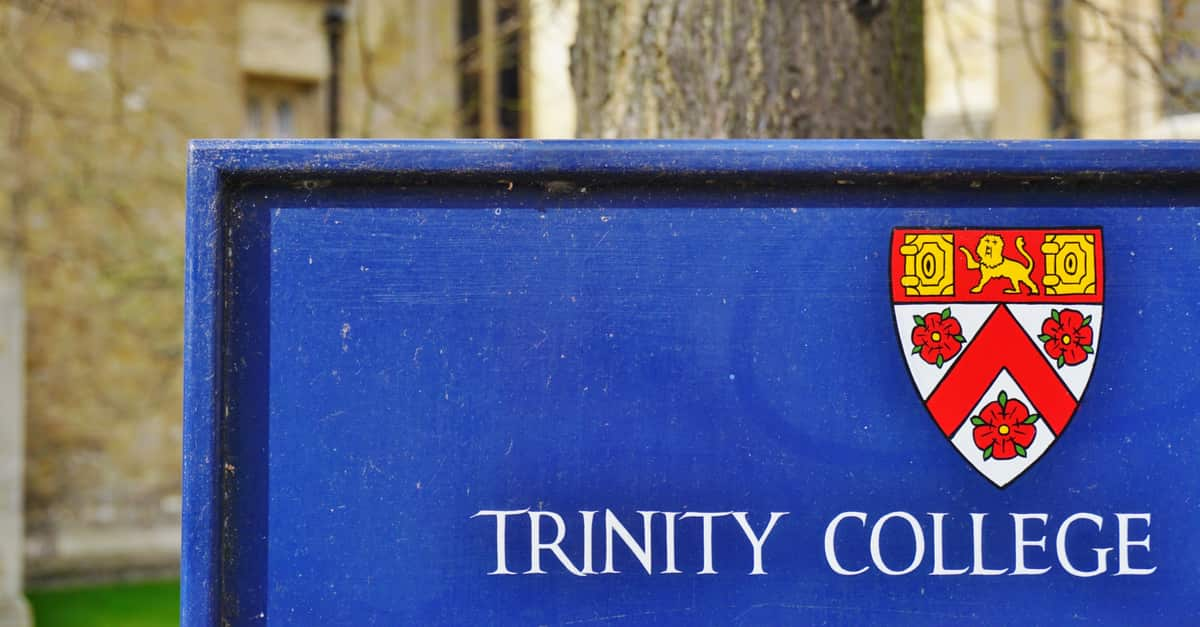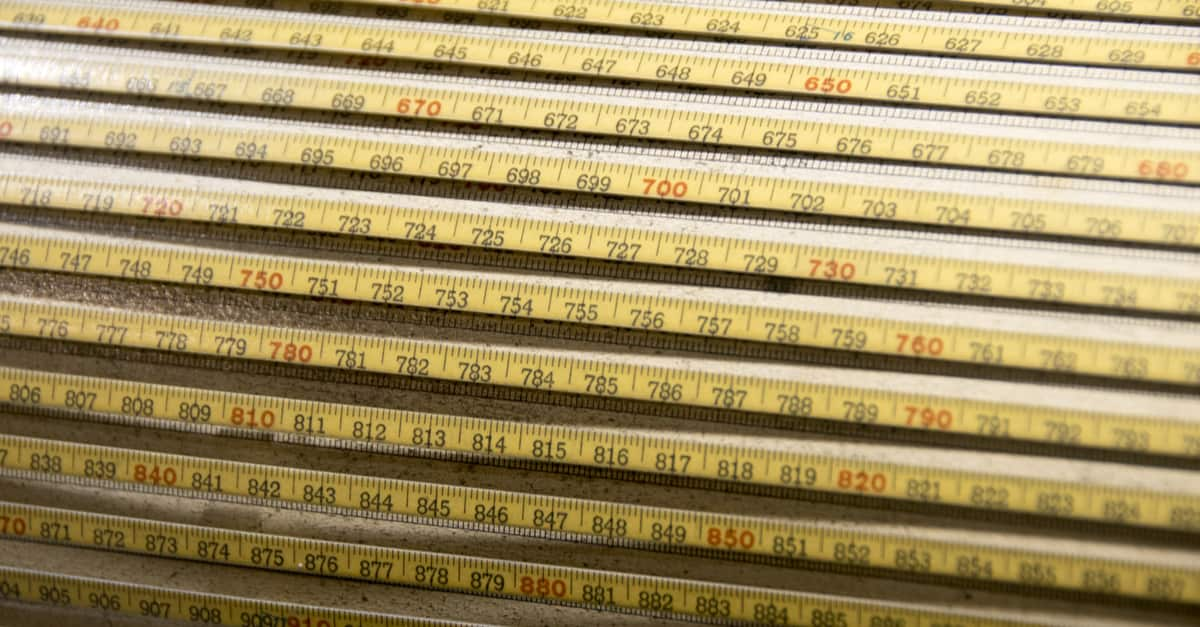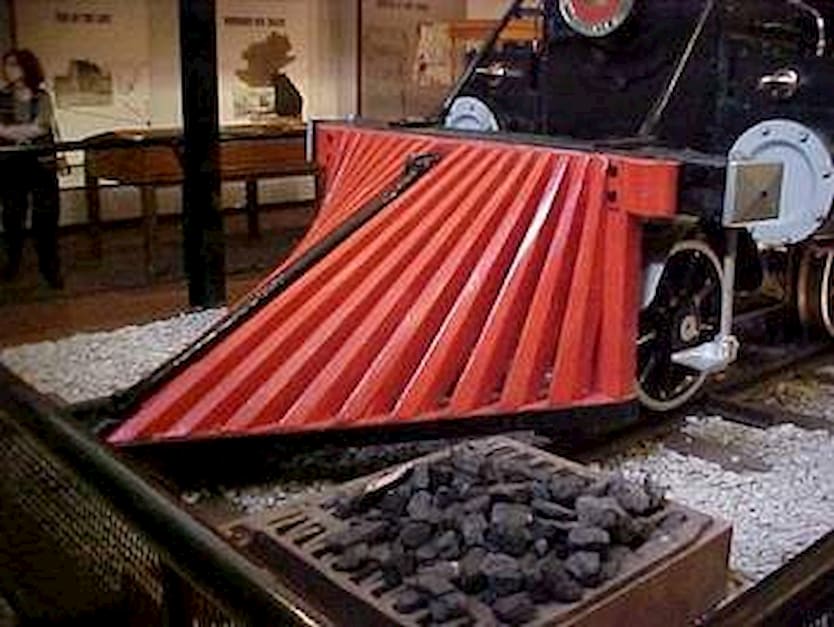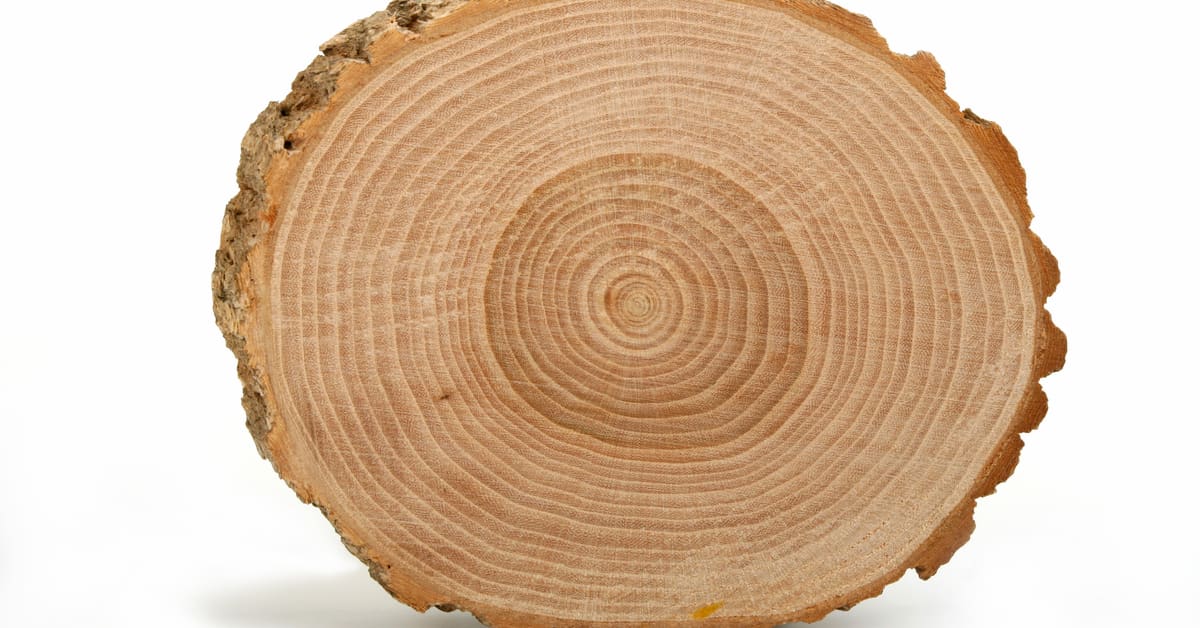Charles Babbage (born December 26, 1791, England – died October 18, 1871) is an extremely prominent character in the universe of computing and informatics. His inventions were significant and had outstanding contributions to the world of science, such as the creation of programmable calculators, the differential machine, and the analytical machine, among others. Thanks to this, he is known as the Father of computing. The analytical machine is considered the first computer in history.
The Life of Charles Babbage

There is some disagreement as to where Charles Babbage was born. Some accounts say: Teignmouth, Devon, England, others say London, England, and others say, Walworth, Surrey, England. Whichever version is correct, on December 26, 1791, a little boy was born who would become a great mathematician. His mother was Betsy Plumleigh Teape, and his father, Benjamin Babbage, a banker. Charles had the opportunity to study in the most prestigious private schools, but due to ill health, he was mostly taught at home by tutors. From an early age, Charles Babbage was very interested in mechanical objects. He developed a genuine interest in mathematics, reading any book that came into his possession. Babbage entered the University of Cambridge in 1810. At the university, he formed the Analytic Society in collaboration with J. Herschel and other Cambridge students, and in 1816 he was granted membership in the Royal Society of London.
Charles Babbage was a great mathematician, and he had in-depth knowledge of the theories of functions and algebraic analysis. His research focused on the development of a device capable of making mathematical tables, and finally, in 1833, he invented the famous differential machine, capable of calculating logarithms and printing them. Not satisfied with this creation, he now devoted his efforts to developing the analytical machine, with the idea that it would process arithmetic instructions. As at this point in his life, he was already a well-known figure in the scientific world. In the development of the analytical machine, he had the government’s financial support and the help of the first programmer in all history, Ada Lovelace. This machine was based on a design by Joseph Marie Jacquard that used perforation cards to make designs on fabrics. The machine had components such as input devices, an arithmetic processor, a task control unit, an output mechanism, and a memory buffer.
Other Areas Babbage Influenced

Babbage is well known for the differential engine and the analytics machine, yet he was a true inventor, and throughout his life, he had many notable projects, including:
- Printer: When Charles Babbage developed the analytical engine, he included a printing component, which was also included in the construction drawings for the engine. This printer was rebuilt with his plans by the London Science Museum and is a fully functional printer. The incredible thing is that this technological piece is made up of approximately 8000 mechanical parts, and its weight is around 2.5 tons.This printer was an extremely complex piece in Charles’s time since it was capable of printing the results of mathematical analyses. It was also possible to change and manipulate the format in terms of the space of the lines, different fonts, columns, rows, and more. Charles’s printer was so complex that his design could be applied to modern printing machines. The printer has no name, as it was simply included in the drawings to build the famous analytical engine.
- The Popularization of Calculus: In his college days, Babbage founded the Analytical Society. The objective of establishing this society was to promote the Leibnizian calculus, better known as analytical calculus. At that time, Newtonian calculus was used, which had many flaws, and its use was more for politics than science. Thanks to Babbage and other very important members of the society, analytical calculus was successfully promoted and greatly influenced the thinking and use of mathematical methods of the time. In addition to publishing different articles related to the subject, it was at this time it caught the Royal Society’s attention.
- Cryptogram: Cryptography was also a topic that interested Charles very much, and he achieved remarkable results in this area. What he did was break the Vigenère cipher figure and also another much weaker cipher. Thanks to this discovery, its use spread in English military campaigns, and all this development was considered a military secret. It is now recognized that Babbage discovered something wonderful.
Babbage Inventions

To mention some other inventions and summarize those that we have already explained in this article, we put this section to see the most remarkable inventions of Charles Babbage:
- He created the Differential Machine
- Developed Analytical Machine
- He made the plans for the first printer (later built by the London Science Museum)
- He created the pilot device or cowcatcher as it is also known, an invention that is used in trains to remove elements from the track that could derail it
- He invented an ophthalmoscope, a device that allows you to examine the eyeball, but unfortunately it did not work. Little did he know but a small tweak or two and it wouldve fulfilled its purpose.
- He helped in establishing the modern English postal system
Other Contributions

Babbage also had different contributions to science with multiple outstanding scientific articles and studies, such as:
- The creation of the Analytic Society
- His article related to the calculus of functions “Philosophical Transactions”
- Studies of climate behavior through a technique of studying growth rings in tree trunks
- His participation in the Society for Astronomy and Statistics, where he conducted several studies and wrote multiple scientific publications
His Personal Life
Charles married Georgiana Whitmore in 1814. They had eight children; only three lived to adulthood, Benjamin Herschel, Dugald Bromhead, and Henry Prevost. Georgiana died in 1827. Charles died on October 18, 1872, at the age of 79, due to kidney failure. He was buried in Kensal Green Cemetery in London.
